Introduction
The on-demand food delivery services are enjoying pennies from heaven.
Ordering food for delivery to a place of choice is not a new trend; in fact, it has been around for quite a while now. Before the on-demand food delivery apps came into being, we had to call the restaurant staff to place our order, usually from a pamphlet followed by waiting for the delivery person to locate our address with every possibility of finding it difficult to do so.
However, digitalization transformed everything, including our food delivery methods and choices. Increasing numbers of people value convenience and speediness, and hence, choose to buy food online and have it delivered to their location. It’s no surprise, therefore, that food delivery applications that streamline and accelerate the task are so prevalent. In only a few clicks, users can look for their favorite meal, place an order, and pay.
You’ve come to the correct spot if you are thinking of launching an app-based food delivery service. Join us as we dive deep into the fundamentals of mobile food delivery.
What Do The Statistics Tell?
Revenue in the food-delivery segment is projected to show an annual growth rate (CAGR 2021-2025) of 9.89%, with an estimated market worth of US$ 441,622 Million by 2025. (Source)
What Effect Will Online Ordering Have On Your Restaurant Business?
Online ordering is becoming more widespread, and if customers can’t order from your restaurant, they’ll just go somewhere else. While a personal online ordering solution may not be the ideal match for every restaurant, business owners cannot deny the beneficial influence that online ordering may have on their business. By determining whether a third-party or a self-owned technology solution is imperative for success, you may begin to notice an increase in sales and satisfied customers by using the appropriate resources.
The market may appear to be dominated by industrial behemoths, but this is not entirely correct. Food delivery businesses skyrocketed during the pandemic and are still getting traction. Glovo, a Spanish company that delivers restaurant take-out, grocery, and other things in association with brick-and-mortar businesses, won $528 million in funding.
Real-Time Food Ordering And Monitoring
A food ordering and delivery app is created to deliver food at any hour and any location. Customers can conveniently explore restaurants and menus to place orders at any time and are also able to track the progress of their orders at all times. Customers, restaurants, and delivery agents have the facility to keep an eye on the order throughout the order delivery process with the help of progress updates and an integrated GPS tracking feature.
Choosing a Model for a Food Delivery App
There are two types of food delivery platforms:
- Platform-To-Consumer Model
- Restaurant-To-Consumer Model
Platform-To-Consumer
The model is appropriate for small businesses that depend on third-party suppliers to manage all delivery procedures.
Collaboration with delivery services is one option for small businesses looking to grow into the online food delivery service segment. According to statistics, partnering with third-party delivery services can increase a restaurant’s sales volume by 10% to 20%.
To order food from a specific restaurant, the customer must first determine which delivery platform the restaurant employs and then download the correct app. Not all food businesses collaborate with large platforms like Uber Eats and GrubHub; plenty of them prefer less known alternatives with much more flexible prices.
There are top mobile app developers in Canada that can design and develop an intuitive food delivery app with all the core functionalities to give an immersive experience to the users and profits to the business.
Restaurant-To-Consumer
This model is appropriate for established businesses that have the capacity and resources to provide delivery services on their own.
Restaurants own branded applications under this arrangement and are entirely responsible for order execution and delivery. Branded apps are used by all major food chains, including McDonald’s, Pizza Hut, and Burger King, to market their products and give personalized service.
Building a branded mobile application takes a bit longer and is more expensive, but it is profitable in the long term for big food businesses because the app effectively helps build the brand persona.
On-Demand Food Delivery Apps System
If you want to establish a food delivery platform that links customers with eateries and offers delivery service, you’ll have to build three distinct apps: one for customers, one for delivery agents, and one for restaurants. Every application must include a fundamental set of functions to ensure the ordering and delivery process is seamless and easy for all the parties involved.
Customer’s Application
The customers can view local restaurants and their menus in the app. For more convenience, the app offers search filters, a seamless online payment option, and order tracking features.
Here are the key features of the customers’ app:
Delivery Agent’s Application
The app gives delivery agents convenient access to available orders and has an integrated GPS navigation functionality for pick-ups and drop-offs.
Here are the key features of the delivery agent’s app:
Restaurant’s Application
A restaurant app’s essential role is to inform the platform’s partner restaurants of orders received. When an order is confirmed, restaurant management may use the app to assign it to an available delivery agent.
Here are the key features of the restaurant’s app:
Can The On-Demand Food Delivery App Be Upscaled?
Coming back to the statistics:
Since 2014, in comparison to the restaurant diners, online ordering and delivery have surged by 300%. (Source)
Given that many restaurants are performing incredibly well on all fronts, it is reasonable to expect a rise in the volume of orders from such places. This is particularly the case for eateries that have amassed hundreds or thousands of excellent ratings and reviews over time. The app’s readiness for such an expansion to store critical information, personal profiles, and a plethora of app data is an important element.
A professional mobile app development company in Canada makes sure that the mobile app that they create has assured scalability whenever the situation demands it.
Take Away
Millennials are looking for a pleasant experience. They demand convenience and the ability to order food online. Restaurants must cater to them. They should not be hesitant to incorporate technology because it will only advantage them by bringing heavy footfall, streamlining processes, eliminating possible human errors, and saving a lot of time.
On-demand food delivery apps are widespread, and your unique app idea can benefit customers. This is an excellent idea to invest in on-demand mobile app development and convert your concept into a lucrative business. Investment opportunities abound in the business, as does competition. However, with a solid and strategic plan and a proactive approach to product development, the odds of winning are tremendous.
Choose Your Mobile App Development Partner Wisely
If you are looking forward to partnering with an experienced and proactive mobile app development company in Canada that can help your business grow with a strategically planned and meticulously developed mobile app, Zimble Code is where your search ends. Our cross-functional team is adroit in building winning mobile apps with best-of-breed technologies that create a difference in the marketplace.
How have on-demand food delivery apps helped you to satiate your instant food cravings? We would love to know!
Or, are we missing out on any feature that can refine the app idea?
Share with us in the comment box below.
Related Article – 10 Outstanding Features to Make Online Food Delivery Apps Standout

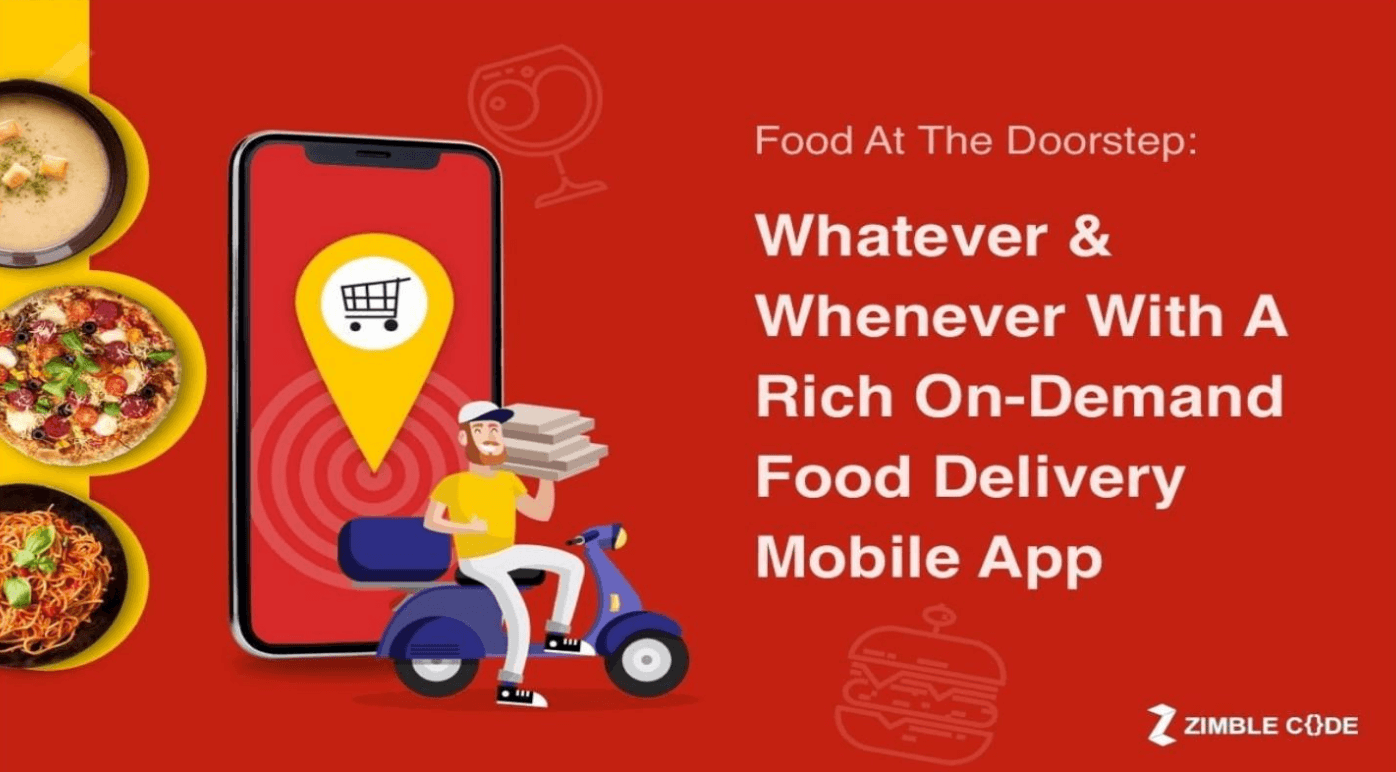
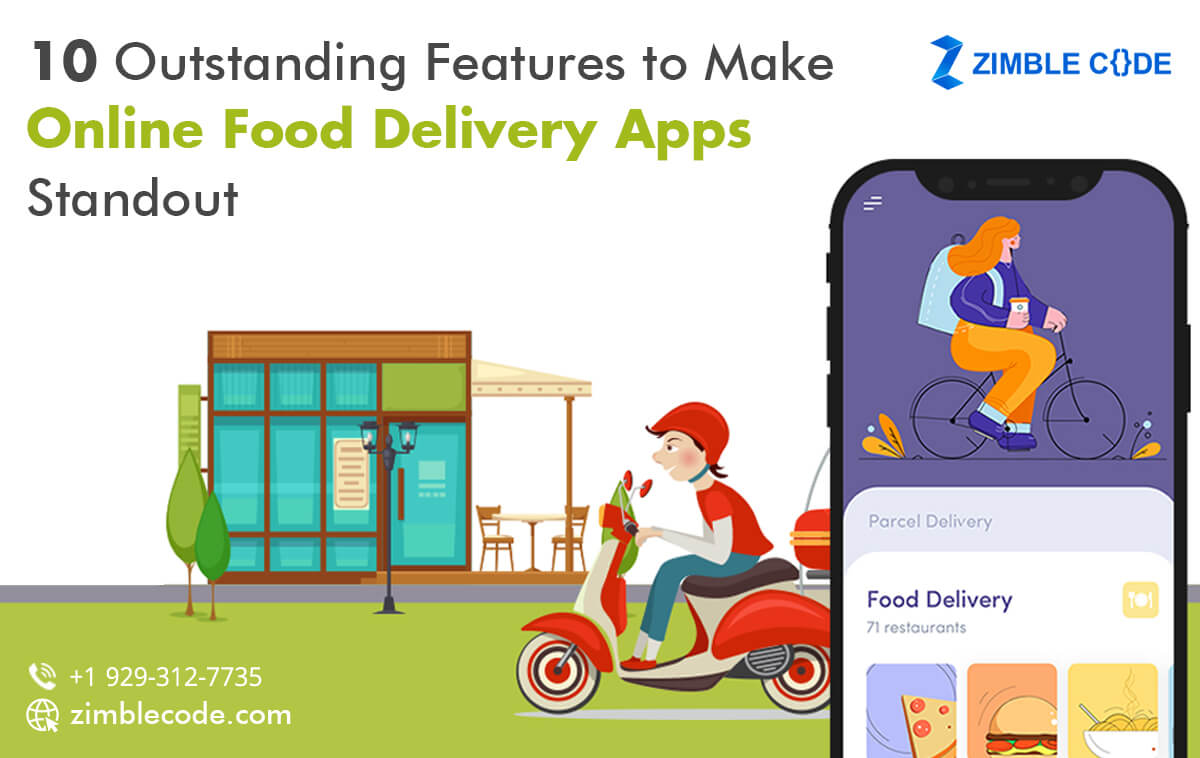
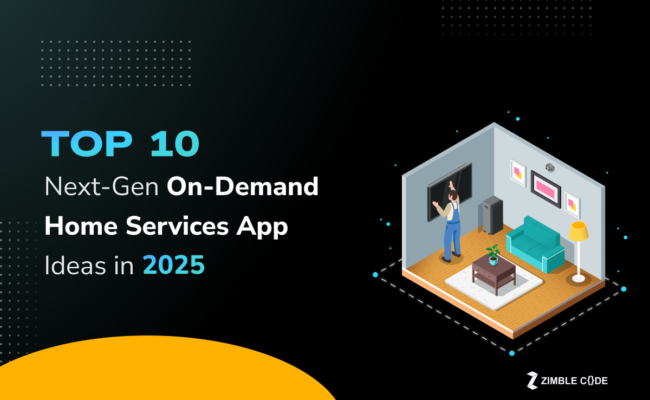
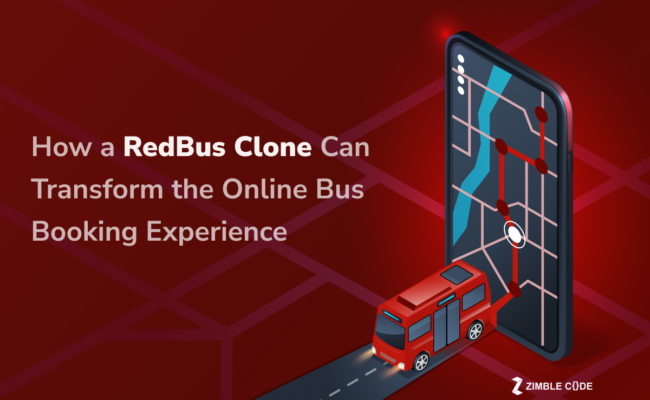
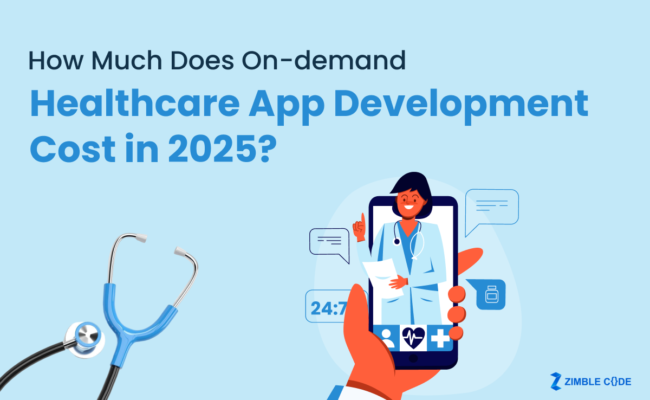
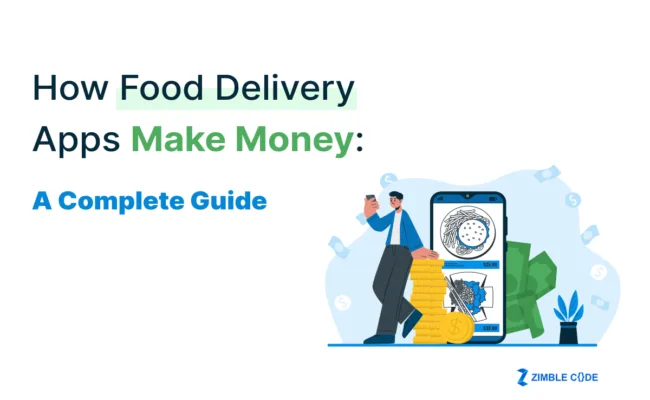
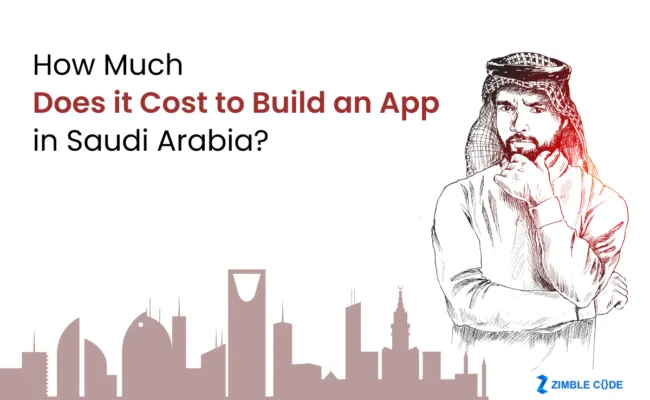

If you can create a lot more writing such as this, I
would be actually grateful. Anyway, thank you so much!
fantastic as well as impressive blog site. I really intend to thank you,
for offering us far better information.
Many thanks for this article. I actually like your perspective.